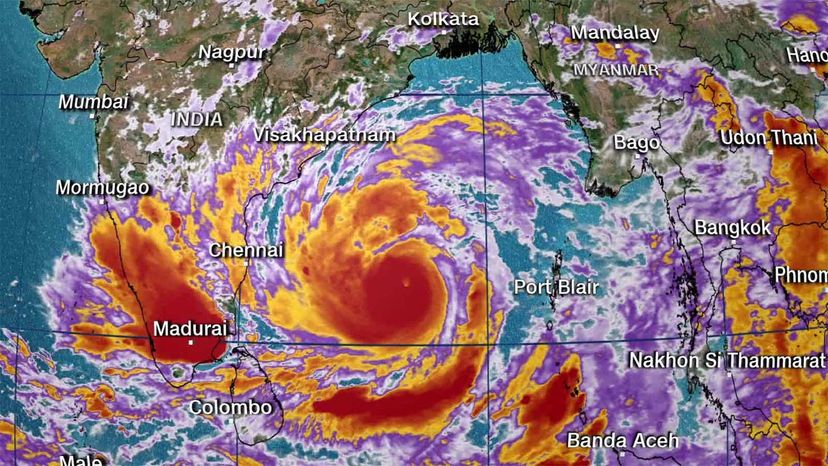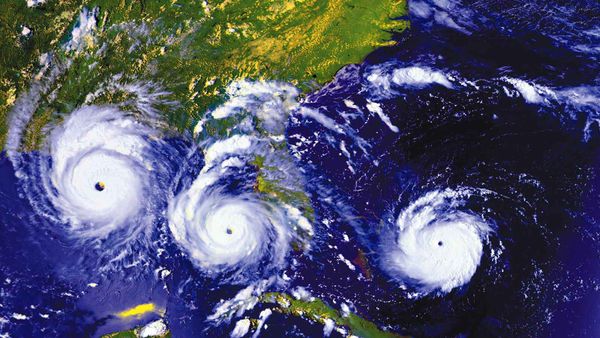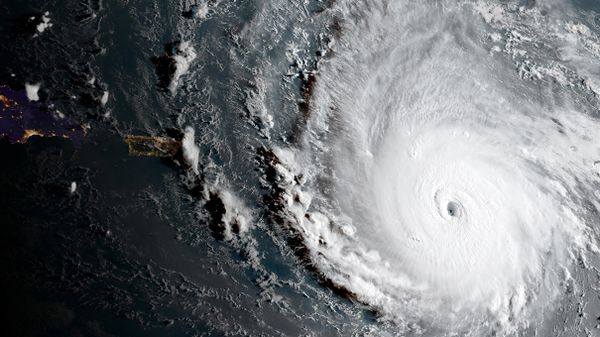So if they all come with high wind speed and heavy rain, why the different names? Well for one, hurricanes, cyclones and typhoons occur in specific locales on the globe, and they form during different seasons. The tropical cyclone season in the Northern Indian Ocean, which includes the Bay of Bengal and Arabian Sea, has two peaks of activity. The first occurs from April until June and the second is from September until December. The strongest cyclones occur during the fall peak.
The Atlantic hurricane season, on the other hand, runs from June 1 to Nov. 30. But the most powerful and most destructive hurricanes usually occur in August, September and early October for several reasons: This is when African easterly waves are most developed, wind shear that can destroy potential tropical cyclones tends to be low, sea-surface temperatures are at their peak, and atmosphere instability also rises in the fall.
In the North Pacific, typhoons typically form from May through October, although they can generate all year.
The worst place for these storms is in the Bay of Bengal, where 26 of the world's 35 deadliest tropical cyclones have been recorded. In May 2020, Super Cyclone Amphan made landfall in eastern India as the strongest storm ever recorded in the Bay of Bengal.


